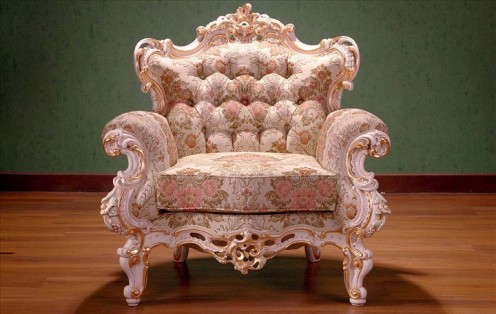WEEK 10!
During this quarter’s lessons throughout art history, I really enjoyed going deeper into Realism. Until recently, I had not thought so deeply about the huge transition that realism was. The direction that art went when artists began painting unbiased, “un-glamorized” scenes of real, working class people, was a very important turning point. I have really enjoyed looking at how Realism painters implemented small changes away from the classic style and chose to incorporate detail in ways that had not yet been explored. A piece that really struck me, and gave me the most insightful example of what Realism was all about was Gustave Courbet’s The Stonebreakers.
This piece showcases a pair of working class men, who are doing nothing out of their ordinary daily lives. There is so much detail in their clothing and their postures, both of which are very representational of the fact that they are of the working class. This alone was a very heavy statement made by Courbet, he was silently commenting on the fact that up until that point in time, artwork never placed a spotlight on the backbone of society; no one ever took time to paint a picture of the majority. Also, unlike so much art during that time, there was no focus on the men’s faces or the scenery behind and around them; the focus of this piece is in the detail. The holes in their clothes, the dirt on their skin, those are the details that Courbet wanted to share with the viewer. These details were an example of real life, these were the details that had been glossed over and ignored in artwork up until that point. Realism was an outlet for artists to make society aware that the glittering upper class did not deserve all of the attention, their lives were not the only lives worthy of visual depiction. I enjoyed seeing the examples of the different types of Realism work, and noticing how the styles of the artists differed in their attempts to showcase real life people and activities.
I don’t necessarily enjoy political undertones, or social commentary in artwork, and I wouldn’t consider Realism to be 100% representational of any of those things, but I do think the style itself was somewhat instrumental in the artists’ efforts to send a message. I normally appreciate the visual, atheistic beauty of artwork; I am not the type to read too far into a piece, it’s just not how I, personally, appreciate art. I enjoy pretty images, some may call that an ignorant or immature appreciation but I disagree. I am an artist myself and my appreciation of initially pleasing imagery to is my own individual reaction. Knowing this about myself, I am pleasantly surprised to find that I have enjoyed Realism. I appreciate the progress it made in showing society truthful representations, while in a very subtle and beautiful way. I have also enjoyed gaining insight to the thought process and reasoning behind many of the Realism work, which, like I mentioned, is an area I don’t generally read into.


